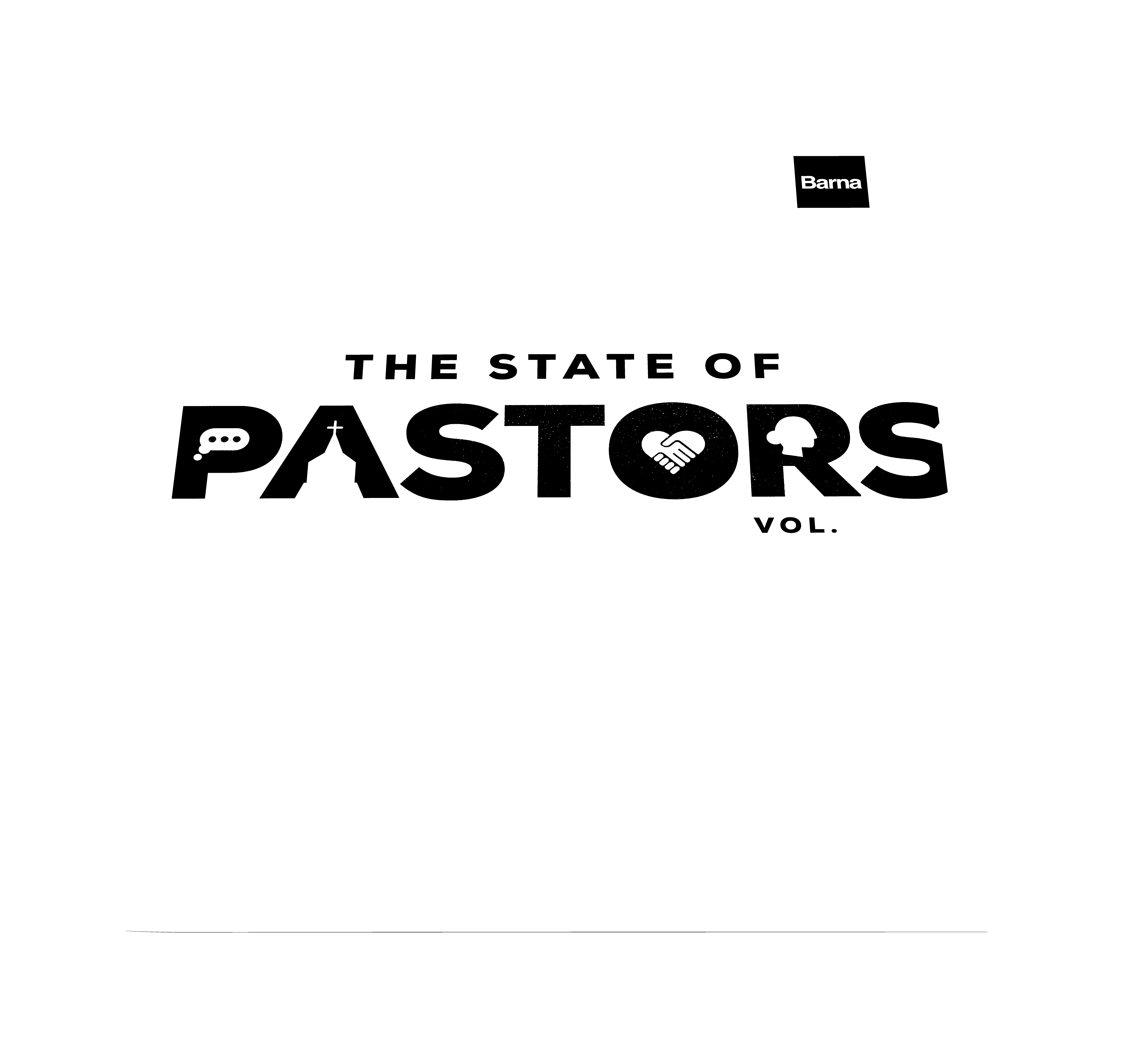
The Oscars are Hollywood’s big night. Among pizza deliveries, selfies and the crashing of Twitter, the Academy handed out its coveted awards. This year’s were purportedly some of the closest races in Academy Awards history, which perhaps accounts for why there was no “big winner,” with the space thriller Gravity collecting a mere seven awards to lead the pack and Best Picture winner, 12 Years a Slave, capturing just three awards.
Your Leadership Toolkit
Strengthen your message, train your team and grow your church with cultural insights and practical resources, all in one place.
While the Oscars do not bring in the mythical “billion viewers” they often tout, more than 40.3 million viewers tuned in to the Awards show last year, making it the seventh highest-rated telecast of the year—the other top ten are all NFL-related—and proving audiences still love the movies.
So, what movies did Americans watch in 2013? Are Oscar winners also box office winners? How do factors like gender, age and faith affect American’s viewing patterns? And what power do movies have to influence our thoughts and actions?
Americans Watch Movies
In 2012, the leading box office movies were Hunger Games and The Avengers.
In 2013, the leading box movies were…the sequel to Hunger Games and the third installment of Iron Man (an Avenger). Hollywood knows what works.
While box office sales rose slightly in 2013 (up 0.8% to $10.9 billion), ticket sales were down about 1.3%. The November release of Catching Fire, the second film in the adapted young-adult novel series of the same name, took home top box-office sales with nearly $424 million. Iron Man 3 was a close second with $409 million, and Disney’s newest princess movie, Frozen, took the third spot with just under $389 million. Gravity was the only Best Picture nominee to break the top 10 in box-office sales, with $270 million.
Among those over the age of 18, Iron Man 3 had the largest audience; nearly three in 10 Americans have seen it. Despicable Me 2 (24%) and Catching Fire (22%) were second and third. (Total viewership numbers—which is what Barna’s research assesses—will likely pick up once the Hunger Games sequel releases to DVD.)
Sequels were the true winners in 2013—again. In addition to the aforementioned Catching Fire and Iron Man 3, Hollywood released a slew of sequels or new series incarnations, including Despicable Me 2, Monsters University, Star Trek: Into Darkness, The Hobbit: Desolation of Smaug and a new Superman franchise, Man of Steel. With the exception of The Hobbit, at least one-fifth of Americans report having seen these sequels. That number jumps considerably among Millennials, who were by far the highest viewing audience for each of these franchise films.
Millennials (the generation who is currently in their young adult years) are significantly more likely to go to the movies in general than any other age group. While the average American reported seeing about 3.3 movies in the theater in 2013, Millennials said they saw 4.3. In contrast, Elders (ages 68+) saw only 2 movies in the theater, while Gen Xers and Boomers were both on par with the national average.
Other factors that influence theater attendance are not surprising: those with less disposable income attend fewer movies than those with more. College grads see more movies (4.6) than those with a high school education or less (2.3). Evangelicals and Catholics are both less apt to see movies in the theater than the national average. They reported seeing 2.8 and 2.2 movies, respectively.


The Gender and Generation Gaps
When it comes to what movies Americans go to see, summer blockbusters and adventure flicks draw the largest crowds, with animated films vying for many of the top spots as well. More “artistic” fare—such as the Best Picture nominees—bring in far fewer viewers. Less than 1 in 10 Americans reported seeing Gravity, and other Best Picture nominees garnered even smaller box office audiences: only 4% of Americans went to see this year’s winner, 12 Years a Slave; 7% saw American Hustle; and 6% went to The Wolf of Wall Street.
Of all the movies surveyed, Millennial viewers outpaced national averages, with the exception of Lee Daniel’s The Butler (9% of Americans; 5% of Millennials); and Saving Mr. Banks (6% of Americans; 4% of Millennials), the latter of which also drew a significantly larger evangelical audience (15%). For the most part, evangelicals’ viewing habits were on par with the national average or slightly above. The most notable exceptions are among R-rated or more graphic movies such as American Hustle and The Wolf of Wall Street (less than 1% of evangelicals admitted to seeing either of these movies).
Much was made in this year’s Oscars about strong leading roles among women. In the Best Actress acceptance speech for her role in Blue Jasmine, Cate Blanchett argued for more movies centering on female protagonists, saying, “To those…still foolishly clinging to the idea that female films with women at the center are niche experiences—they are not. Audiences want to see them and, in fact, they earn money. The world is round, people.”
The year’s #1, #3 and #6 box office movies—Catching Fire, Frozen and Gravity, all three with females at the center—certainly underscore her statement. But how do such movies fare among the genders? Do men and women attend the same movies? In general: yes. The exceptions seem to be among movies targeted more toward children, in which case women are more likely to have seen them. In Barna’s movie tracking, Despicable Me 2, Monsters University, Catching Fire and Saving Mr. Banks all boasted a significantly higher viewership among women than men.


Spirituality on Screen
From the injustice of slavery in 12 Years a Slave, to the effects of narcissism on our relationships in Her, to the idolatry of greed in The Wolf of Wall Street and American Hustle, many of this year’s Best Picture nominations explored profoundly moral questions. For better or worse, movies are often considered to be significant societal influences. But do they really change the way we think or even act?
Practicing Protestants (those who have attended church in the last month and who agree their faith is important to them), are most likely to say a movie has affected their thinking on serious issues. More than one in five say they’ve seen a movie in the last two years that has made them think seriously about their religion or spirituality (22%). And an additional one in 10 say such a movie has caused them to change something they believed about Christianity (9%). Evangelicals, while more likely than the average adult to say a movie has made them think seriously about religion or spirituality (17% of evangelicals compared to 11% of Americans overall) are much less likely to say that such a movie has changed their beliefs about Christianity (less than 1% of evangelicals compared to 3% of all Americans). Americans professing a faith other than Christianity are also more likely than average to think more seriously about religion or spirituality (18%) as a result of watching a movie.


Comment on this research and follow our work:
Twitter: @davidkinnaman | @barnagroup
Facebook: Barna Group
What the Research Means
Movies continue to be a major part of American’s lives: between the theater (3.3 movies per year), cable or television (about 19 movies per year) and DVD/Blue-Ray or streaming (approximately 23 movies per year), the typical American watches an average of more than 45 movies per year. Whether they sense the influence of film or not, movies continue to power the cultural and moral imagination of adults simply by virtue of the hundreds of hours they spend watching such fare.
As the largest theater-going audience, Millennials will increasingly influence the types of movies coming from Hollywood—a trend already very much evident in the number of graphic novel and young-adult fiction adaptations on the horizon for 2014. But Millennials turn up for the more serious stuff too, and are not simply an audience to be pandered. Their higher-than-average attendance at the Best Picture nominees reveals their appetite for a wide range of films and topics. This is an audience that remains very interested in what Hollywood has to say.
Your Leadership Toolkit
Strengthen your message, train your team and grow your church with cultural insights and practical resources, all in one place.
About the Research
The nationwide study on which this report is based was conducted online from January 28 to February 5, 2014, in which 1,024 adults 18 or older were interviewed using an online probability-based panel. The sampling error is plus or minus 3.1% at the 95% confidence level. Minimal statistical weighting was used to calibrate the sample to known population percentages in relation to demographic variables.
“Born again Christians” were defined in these surveys as people who said they have made “a personal commitment to Jesus Christ that is still important in their life today” and who also indicated they believe that when they die they will go to Heaven because they have confessed their sins and accepted Jesus Christ as their Savior. Respondents were not asked to describe themselves as “born again.” Being classified as “born again” is not dependent on church or denominational affiliation or involvement.
“Evangelicals” meet the born again criteria described above plus seven other conditions. These include saying their faith is very important in their life today; believing they have a personal responsibility to share their religious beliefs about Christ with non-Christians; believing that Satan exists; believing that eternal salvation is possible only through grace, not works; believing that Jesus Christ lived a sinless life on earth; asserting that the Bible is accurate in all the principles it teaches; and describing God as the all-knowing, all-powerful, perfect deity who created the universe and still rules it today. Being classified as an evangelical is not dependent on church attendance, the denominational affiliation of the church attended or self-identification. Respondents were not asked to describe themselves as “evangelical.”
Mainline Protestant denominations include American Baptist Churches in the USA; the Episcopal Church; the Evangelical Lutheran Church in America; the Presbyterian Church (USA); the United Church of Christ; and the United Methodist Church.
Non-mainline Protestant denominations are Protestant churches other than those included in the mainline category described above.
About Barna
Since 1984, Barna Group has conducted more than two million interviews over the course of thousands of studies and has become a go-to source for insights about faith, culture, leadership, vocation and generations. Barna is a private, non-partisan, for-profit organization.
Get Barna in Your Inbox
Subscribe to Barna’s free newsletters for the latest data and insights to navigate today’s most complex issues.




